Both, Europe and Africa, are confronted by numerous common deficits in these days and it will be important, that Africa gets better equipped with an adequate skill and tech set in order to grow its own role as a solution provider for its own concerns. While for the continent´s population itself growing entrepreneurship and job creation enabled through modern and clean technologies combined are key, the most pressing political issue for all is to meet the growing demand for energy services, while remaining committed to international climate goals that require to fully decarbonise the energy supply.
For this reason and also to mobilise more engagement, in November 2020, the EU Tech Chamber set up the Africa Chapter. Its Key Objectives are to practically support the African Union with its agenda 2063 and Europe with its Green Deal with know-how and technology transfer. Identified key sectors of particular interest for cooperations are “AgriTech” (processing, cooling), industrial & manufacturing tech, health & medical tech, as well as water, waste & sanitation tech that shall be more supported by advanced access to energy, water, ICT and logistical infrastructure. In close cooperation with our highly passionate EU Tech Advocates as shown by the following best practice business case in Lake Victoria developed by KABENA Group GmbH from Germany, it is the ambition of the EU Tech Chamber Africa Chapter to help Africa in its efforts driving its transformation towards a modern global powerhouse.
Indeed, the creation and realization of competitive advantages with technologies adapted to local needs and conditions and the channelling back of incomes to the communities, will be crucial to create win-win partnerships between European and African SMEs, and make startups long-lasting and sustainable.
PLANTBLUE—HOMA BAY BIOGAS POWERED BY KABENA AND THIKA WAY
Converting a life-threatening hazard into an endless source of clean energy and an organic fertilizer while decarbonising the planet.
Because of its geographic complexity, fragmented infrastructure, relative value and a volatile political situation, doing business in Africa is difficult. In spite of these challenges, we believe that companies and investors from around the world should consider modern Africa as a part of their economic growth strategy. Such disadvantages should rather be viewed as opportunities to make a change. If the government does not address these challenges, there are still possibilities for companies and investors to help the country develop further, especially facing Africa‘s significant infrastructural gaps.
Africa is comparable with the BRIC (Brazil, Russia, India and China) countries regarding key measures such as per capita electricity consumption, rail density and road density. The quality of the power grid plays a vital role in both general and economic development. The biggest hurdle faced by several African companies is the unreliable power source or whether it is even available at all. Considering the importance of electricity, this issue leads to a significant increase in costs of running a business. Regardless of the size of the company or the type of business sector (banking, agriculture, mining, etc.), everyone is affected.
Therefore, numerous companies in Africa maintain their own fossil-fuelled power generators as energy backups; this requires having to bear the additional associated costs. These costs can be 3–6 times higher than those of the equivalent amount of energy obtainable from the national power grid.
Electricity shortage is a much more severe issue in some regions of Africa than in others. While North and South African countries are relatively well supplied with electricity, the per capita electricity consumption in Central African countries such as Ethiopia, Nigeria and Kenya is less than one-tenth that of the BRIC countries. In Mali, a normal household uses less electricity per year than a Londoner does when making their tea. In SubSaharan Africa, nearly 600 million people have no access to electricity, forcing them to spend half of their lifetime in darkness.
Identifying particular needs of local communities and regional ecosystems is key for long-term wealth preservation.
To address the lack of the required infrastructure in Africa, Thika Way Investment Ltd. collaborated with German engineers from Petschow + Thiel Projektmanagement GmbH and Kabena GmbH to use their financial know-how, under the social guidance of Mary Wangui Horst. This collaboration also aimed to set up infrastructure for harvesting renewable energy in Kenya. Setting up photovoltaics and wind turbines to harvest solar and wind energy, respectively, was the most reasonable step to keep up with energy needs of Africa’s fast-growing population.
The local infrastructure has been under enormous pressure of the continuous population growth for a long time. During the development phase, the team noticed a pressing threat to the local communities and ecosystem induced by the overgrowth of water hyacinth in Lake Victoria – Africa’s largest and the world’s second largest freshwater lake. The majority of the lake was invaded by this plant, and addressing this issue was not only a local but also a primary regional requirement.
Thus, we must understand what the problems are associated with this plant? Outside its habitat (the Amazon Basin), this plant is regarded as an invasive species that significantly threatens humans and the environment. The disposal of unfiltered wastewater and chemical fertilizers in water bodies leads to the formation of this super plant, which multiplies rapidly and spreads even faster.
Holistic solutions should take precedence over self-sufficiency in order to supply those in need with a stable source of power. Cooperation with the government is important, just like the development of specific institutions, and empowering business in general to increase the power supply in Africa.
Such an invasion is accompanied by an extensive destructive impact as that observed in Lake Victoria. It is the defining element of economic and socioeconomic systems and influences the living conditions and well-being not only at the local and regional level but also across borders, thus significantly impacting the climate of East Africa.
This plant was first observed in Lake Victoria in 1982, and since then, it has spread throughout the lake, currently covering approximately 80% of the entire water surface. Due to tidal currents, winds and the narrow bays of Winam Gulf, the majority of the water hyacinth mats occur on the Kenyan shore, primarily in the counties Homa Bay and Kisumu. Because the invasion by this plant affects the biodiversity and habitat of animals living in and around the lake, this also increasingly impacts the region on an economic and social level. The need for effective measures to combat the invasive growth of this plant and the consequences thereof is greater than ever. The presence of water hyacinth has negatively impacted this region for more than three decades, and the several measures undertaken against in previous years has had no noticeable impact.
Since every misfortune holds at least evenly great chances, Thika Way left their solar and wind business to drop the step and go for the leap.
Thika Way shifted the perspective of this situation and viewed the water hyacinth invasion as having the potential to be transformed into a highly valuable resource. Instead of simply removing this overgrowth from the lake and dumping it onto the ground, it can be used to generate primarily renewable energy and an organic fertilizer. In addition, biogas can be produced, which is used for cooking, ample potable water can be obtained from the lake for the nearby communities, carbon certificates can be obtained, signifying contribution to combat the climate change, and numerous jobs can be created, empowering the local and regional economies. A power plant for biogas production using water hyacinth would create a truly holistic and sustainable system that enhances the quality of life and comes with great economic benefits. Thus, Homa Bay Biogas was born.
Different from other sustainable energy systems, such as solar or wind power plants, this power plant for biogas production generates baseload energy. Therefore, it is independent of the weather and does not require additional facilities such as large batteries, which are often not environmentally friendly, for storing excess energy, which is the case with solar and wind energy systems, wherein excess energy is produced during high solar or wind intensity time periods, respectively. This clean energy can adapt to the demand and is available 24/7. The nature of this system makes it suitable for every specific region in need.
To support Kenya Vision 2030, as well as the individual goals set by the counties of Kenya themselves, biomass from waste—instead of food which is commonly linked with biogas production—is converted into electrical energy by exploiting the energetic potential locked up in water hyacinth. By using this plant as the feedstock material for our biogas power plant, not only clean electricity can be generated but also the environmental problems and economic barriers can be eliminated.
Moreover, this also noticeably enriches the quality of life through long-term employment and job training. The clean electricity obtained from this plant is then fed into the national power grid. To close the ecological cycle of the plant processes, the residual biomass is processed to produce a high-quality organic fertilizer from digestate. This organic fertilizer may be used by local farmers to enhance crop production. However, more importantly, the use of organic fertilizer is currently the only effective way to heal the eroded farmland, thus making it fertile again as well as restoring the wetlands surrounding Lake Victoria, which act as natural filters to protect the lake from man-made pollution. Recirculating liquid residuals within the fermenting process attempts in closing the power plant’s ecological cycle. The residual natural biogas is used for powering vehicles and for cooking.
A multi-solution master plan to address all 17 Sustainable Development Goals laid out by the UN.
After making Homa Bay Biogas economically viable, the employees of Kabena pondered upon the relevant aspects of life that should matter the most, and therefore, took the most suitable steps for progress in this area, the 17 Sustainable Development Goals (SDGs). UNIDO Investment and Technology Promotion Office (ITPO), Germany, supports German investors and companies promoting the technology transfer from Germany to developing countries and to countries whose economies are in the transition. Agribusiness and sustainable energy supply are priority sectors of their work. UNIDO supports Homa Bay Biogas and approves that this project contributes to inclusive and sustainable industrial and agricultural development. Further, UNIDO confirms that Homa Bay Biogas is an SDG-aligned project and declares it to be an investment that can has a multi-solution impact on the development of Keny As the 17 SDGs are categorised primarily based on social and environmental aspects, identifying the environmental impact of Homa Bay Biogas is necessary, which is fairly easy.
This project relieves Lake Victoria from the water hyacinth invasion, thus allowing the lake’s dissolved oxygen level to rise again and ultimately restoring its biodiversity and ecosphere.
Moreover, this plant is being transformed into beneficial products such as a valuable clean energy source and organic fertilizer. This project also assists in decarbonising our planet. Compared to these direct benefits, the social impact is much more difficult to understand although it is also equally important.
The project recoups gender equality at its core, drives quality education through job training and significantly enhances the quality of life of the impacted communities.
Employment opportunities at the power plant are diverse and offer functions and workspaces that are adequate for women and that do not require manual labour. Jobs related to the key functions and representatives of the company and project, such as community, administration and procurement management, are occupied by women at each project location. Leadership positions are favourably awarded to women as long as the qualification is equivalent to those of the male candidates.
Moreover, their voice is equally acknowledged in the workplace. Women are enabled to occupy workspaces for men as the job-related skill set can be achieved through education and training programmes that are supported by the project.
The wages are the same for both men and women in equivalent workspaces, functions and positions. The occurrence and vast spread of water hyacinth have led to many people losing their jobs. Direct job impacts include those on fishermen, ferry boat operators and transportation companies; indirect job impacts include those on the businesses that are directly dependent on the aforementioned business activities, leaving hundreds of individuals without an income. The vast number of job opportunities created by Homa Bay Biogas assists in tackling these issues.
This project is the first of its kind that incorporates modern and tested technology at the highest possible standard and quality in the biogas sector. The core task is to transfer the tested technology from Germany to other countries and to manage complex biological processes under different climate conditions. Cooperations with local educational institutions enable the transfer of knowledge from the practical and theoretical level at the power plant, including the sustainable and appropriate application of the organic fertilizer, to colleges and universities. The value of know-how transfer is added by the participation of the renowned “Deutsche Biomasse Forschungszentrum”, Germany, which is a reputed institution with significant research experience in the biogas sector and is committed to providing educational training in developing countries.
Each region in Africa can become proficient in using modern and sustainable infrastructure and can build strong partnerships with neighboring countries, becoming a competitor in the global export market. Global suppliers are enabled to enter the market in developing countries to establish advanced application of state-of the-art technology, allowing further development and modernisation of these countries. Worldwide opportunities to develop countries in a sustainable manner.
The problems and extensive consequences associated with the water hyacinth invasion are well illustrated by the situation at Lake Victoria. By clearing the lake of this invasive plant, the entire ecosystem will revert to its original natural state. This will trigger a chain reaction of recovery, which will have a widespread impact on the wildlife and economies of Kenya, Tanzania, Uganda, Rwanda, Burundi and other countries located along the rivers springing from this massive lake. After seven years of on-site development and investments, the construction phase will start later this year (2021). This project is a masterpiece, which will subsequently be applied to Kenya’s neighbors and subsequently all over the world.
Marcus Wiemann
Director,
Africa Alliance, EU Tech Chamber





















